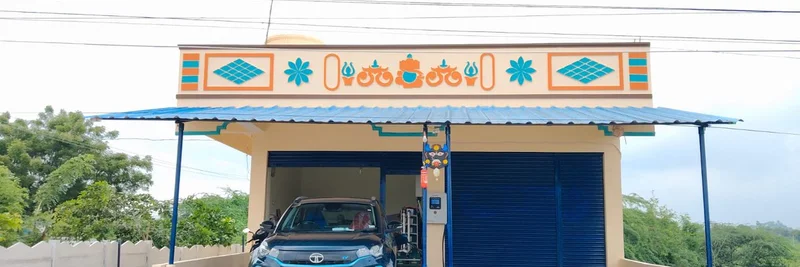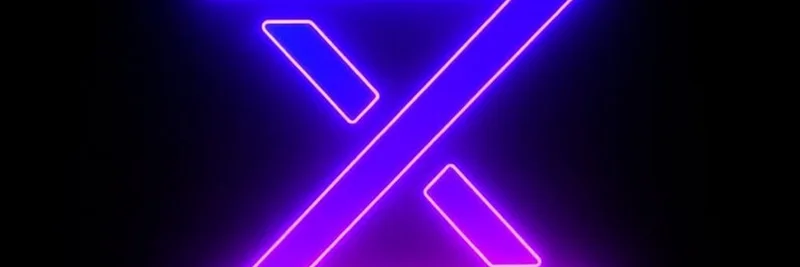Hey there, crypto enthusiasts and green tech fans! If you're into the wild world of decentralized physical infrastructure networks (DePIN) on Solana, you've got to check out the latest buzz from GreenkWh. This innovative project just shared an exciting update on X about deploying a fast charger at a new site in rural India along National Highway 65. It's all about serving up those #GreenkWhs – think clean, renewable energy units – to power electric vehicles (EVs) using batteries charged solely with renewables.
For the uninitiated, DePIN stands for Decentralized Physical Infrastructure Network. It's a fancy way of saying blockchain-powered systems that manage real-world hardware like energy grids or sensors in a decentralized manner. GreenkWh is building on Solana, known for its high-speed and low-cost transactions, to create a network that aggregates and distributes clean energy from off-grid solar setups. They even snagged the DePIN track win at the Solana Radar Hackathon and are part of Colosseum's Cohort 2 – pretty impressive creds!
In the thread posted by @GreenKWh (view the original thread here), they showcase the setup with videos and a photo. The main post highlights their progress toward sourcing more #CleanEnergy and expanding use cases. Shoutout to team member @palakurthipavan and others for making it happen, with mentions to collaborators like @colosseum, @crabbylions, @mattytay, @shek_dev, @SuperteamIN, and @0xluffyb.
The accompanying photo shows a sleek blue Tata Nexon EV plugged in at the charging station, set against a colorful rural backdrop. It's a perfect snapshot of how this tech is hitting the ground in real-world scenarios.
One video dives into the charging process: from the PowerOne charger interface showing progress, to close-ups of the car's dashboard ticking up the battery percentage. You see the cable connected, the screen displaying stats like voltage and current, and the whole setup in action – it's like watching clean energy come to life!
The other video gives a behind-the-scenes look at the infrastructure powering it all. Rows of PowerOne inverters and battery racks line the walls, with solar panels and stationary storage systems ready to handle the load. It's a testament to the robust setup ensuring reliable green power, even in remote areas.
But it's not all smooth sailing yet. In a follow-up post, the team mentions tackling some initial hiccups, like the inverter handling the charger's max load. They're planning to add more stationary storage and solar panels to boost availability of those GreenkWhs. This transparency is refreshing in the crypto space, where projects often hype without showing the grind.
Why does this matter for the blockchain crowd? Solana has become a hotspot for DePIN projects, thanks to its scalability and ecosystem support. GreenkWh's efforts could pave the way for tokenized clean energy assets, where users earn rewards for contributing to the network – potentially sparking viral interest similar to meme tokens in the Solana meme economy. While GreenkWh isn't a meme token itself, its real-world utility in sustainable energy could attract the same community-driven hype that fuels Solana's meme coin surges.
As we see more DePIN integrations, projects like this highlight how blockchain isn't just about trading tokens; it's about solving global challenges like energy access and climate change. Keep an eye on GreenkWh – they're not just charging EVs; they're charging up the future of decentralized energy.
What do you think? Is DePIN the next big thing on Solana? Drop your thoughts in the comments below, and stay tuned to Meme Insider for more updates on innovative crypto projects pushing boundaries.


